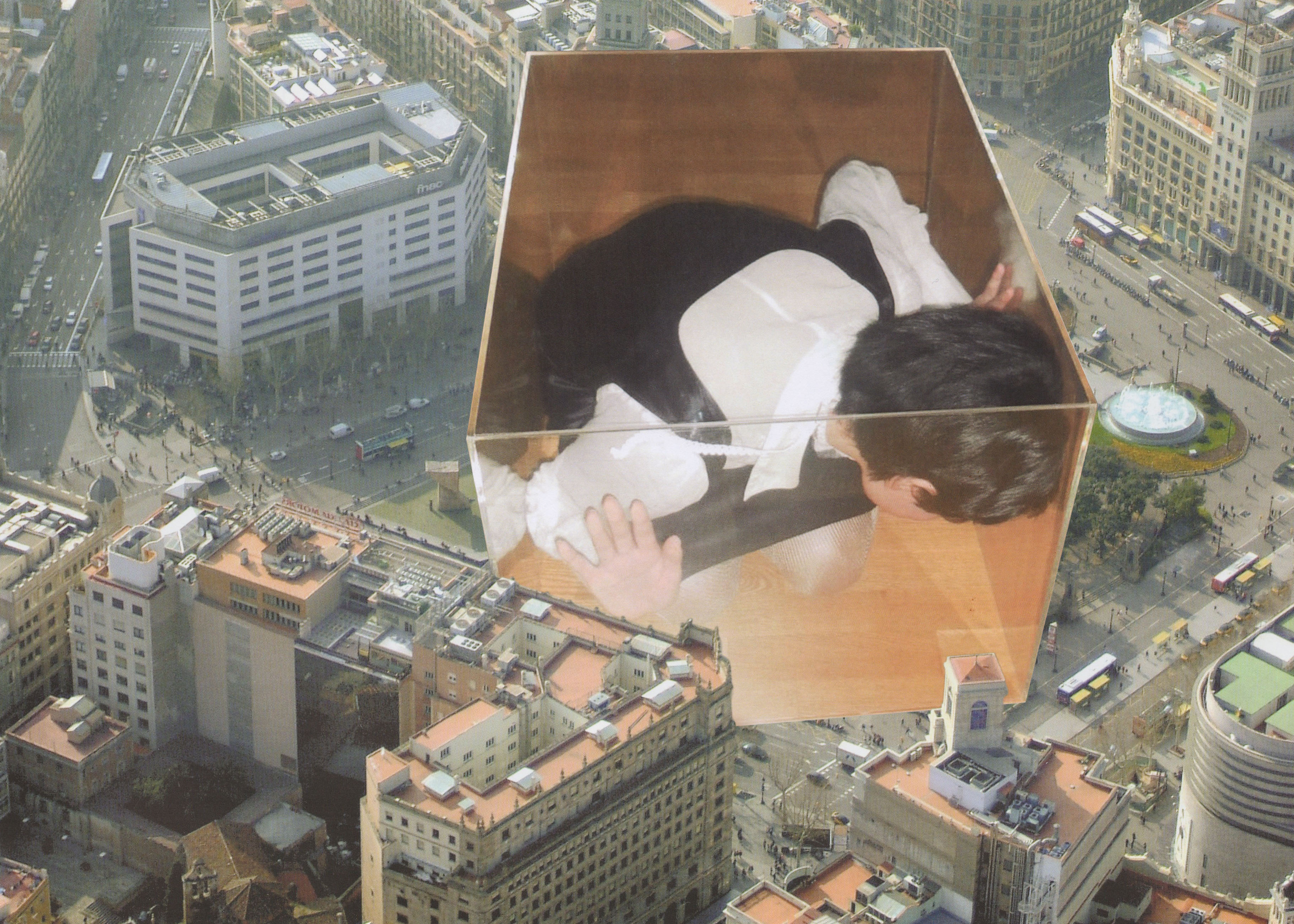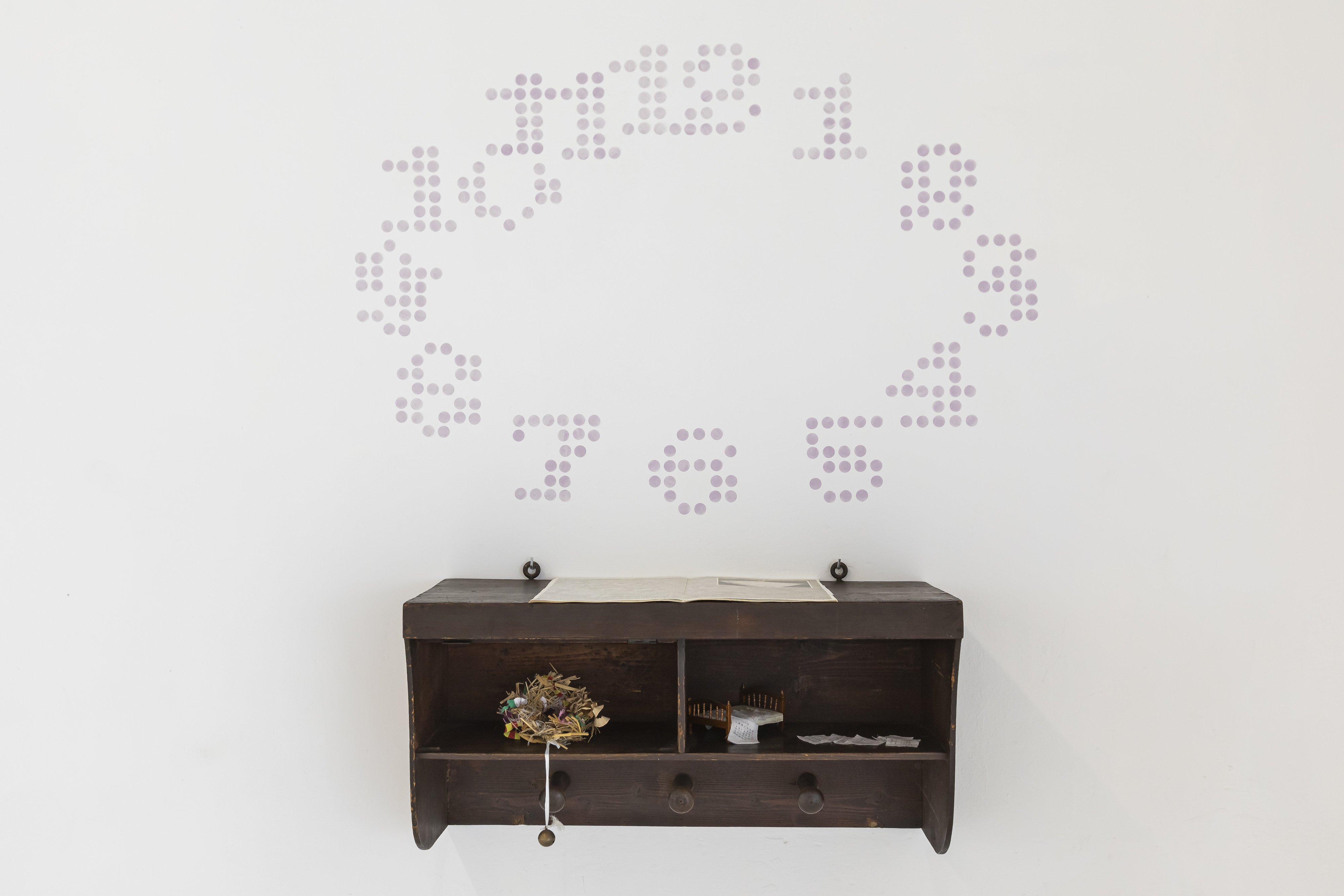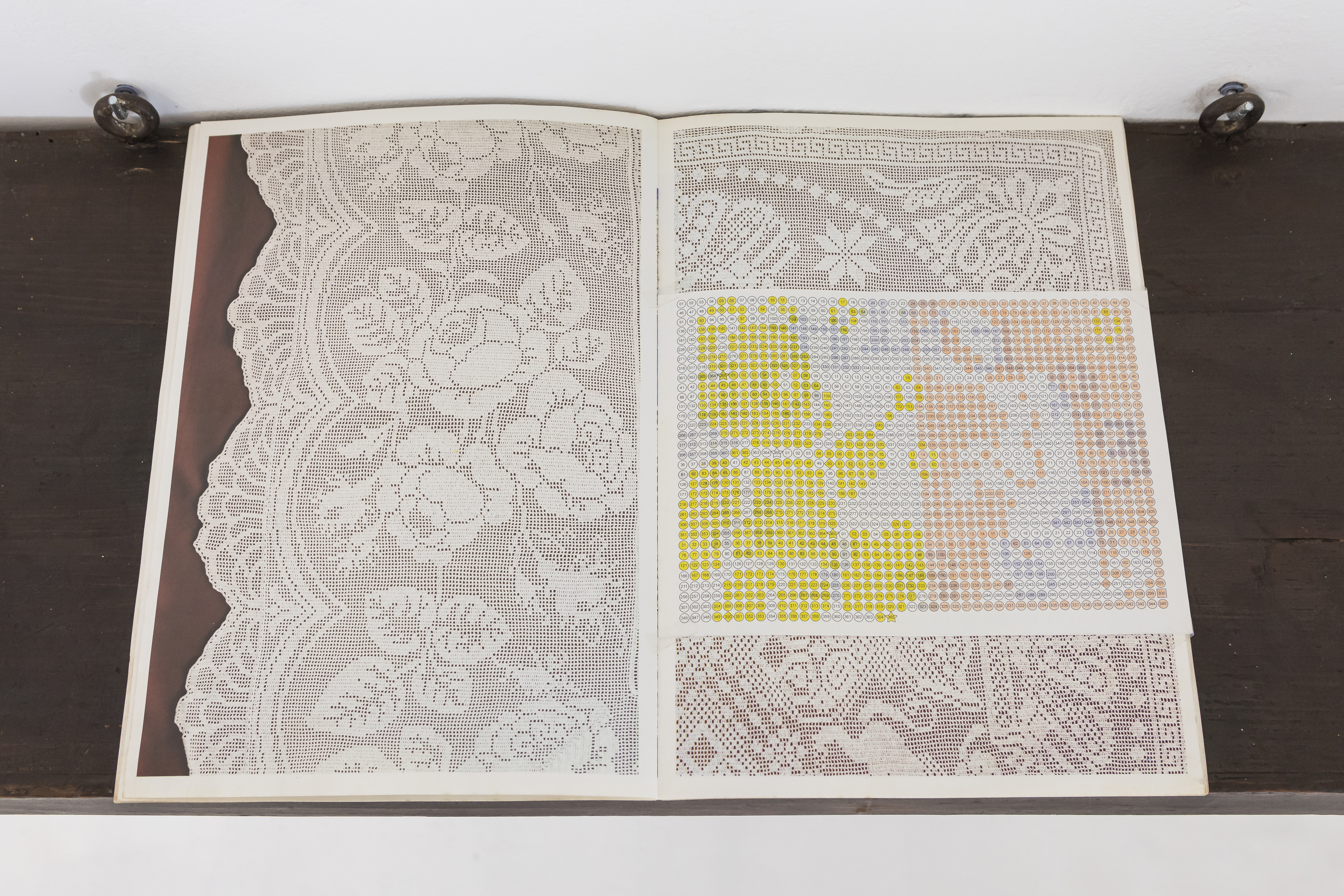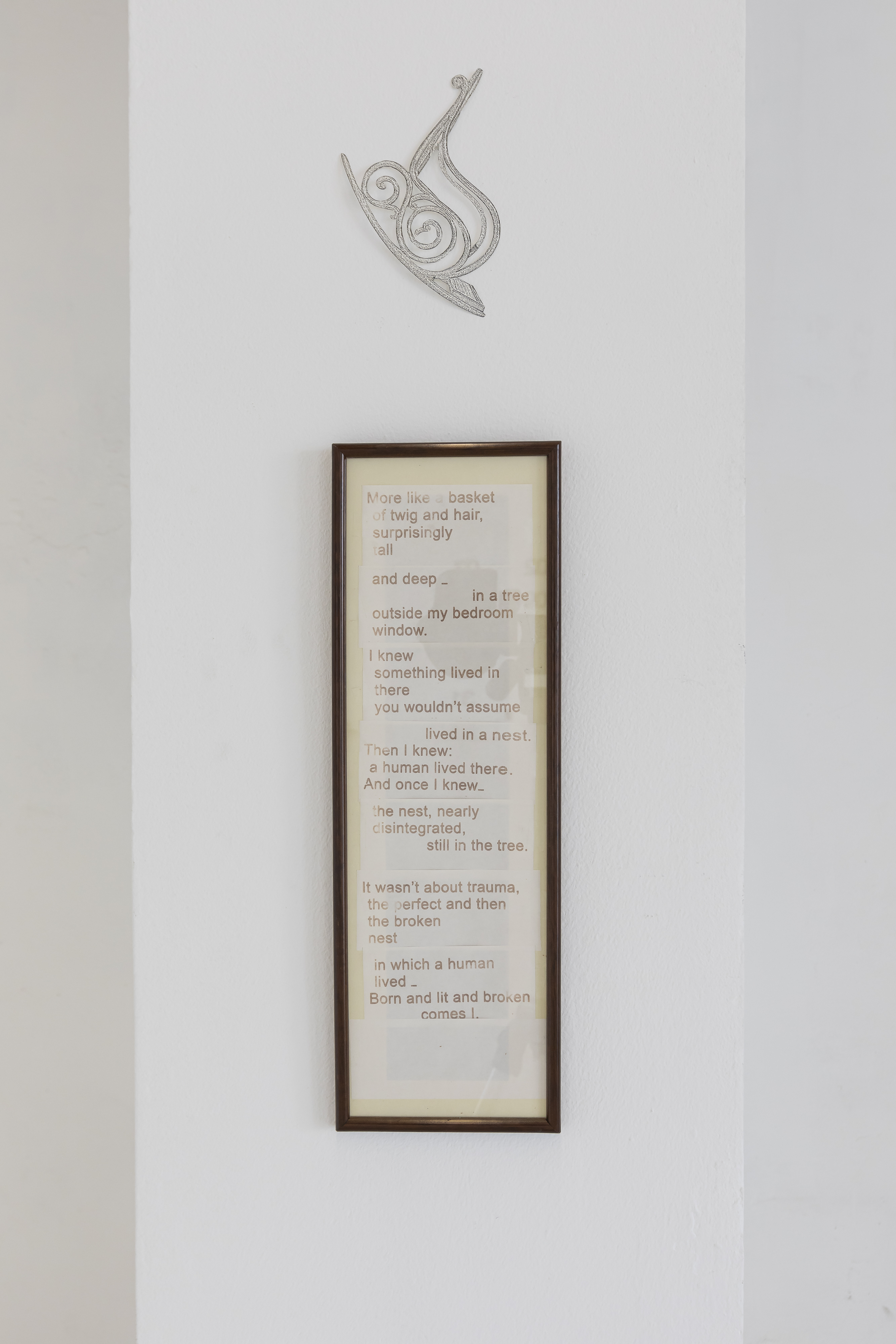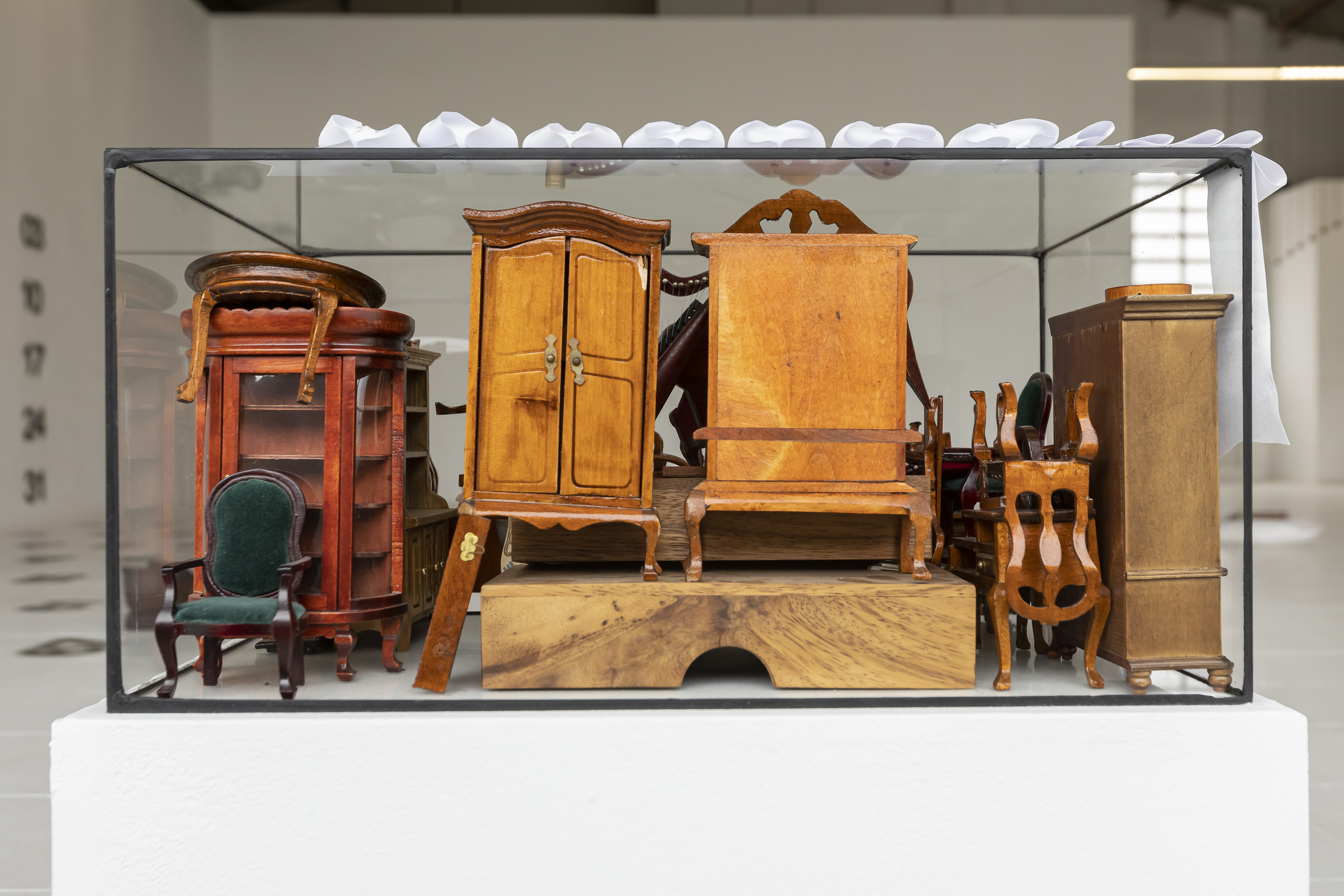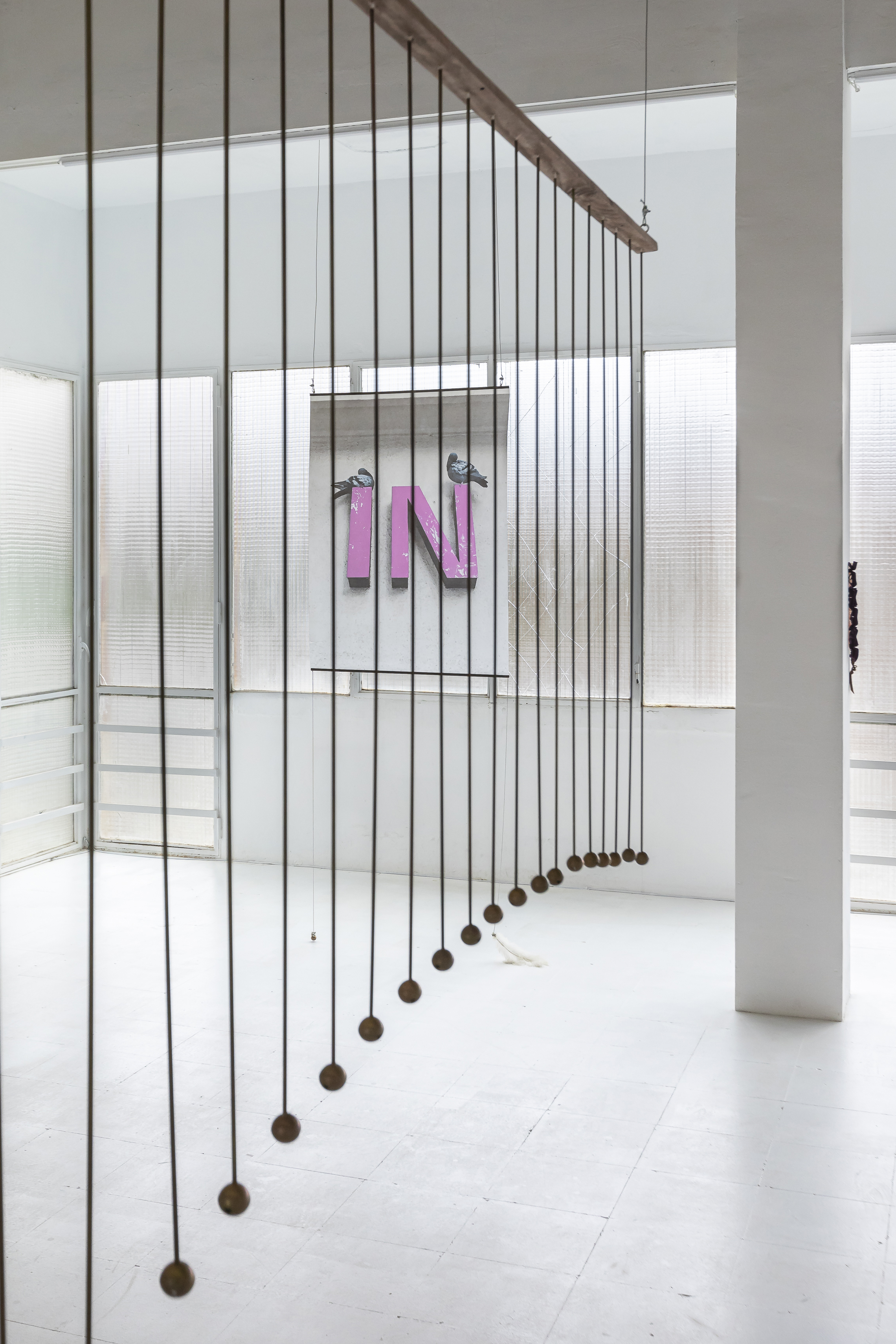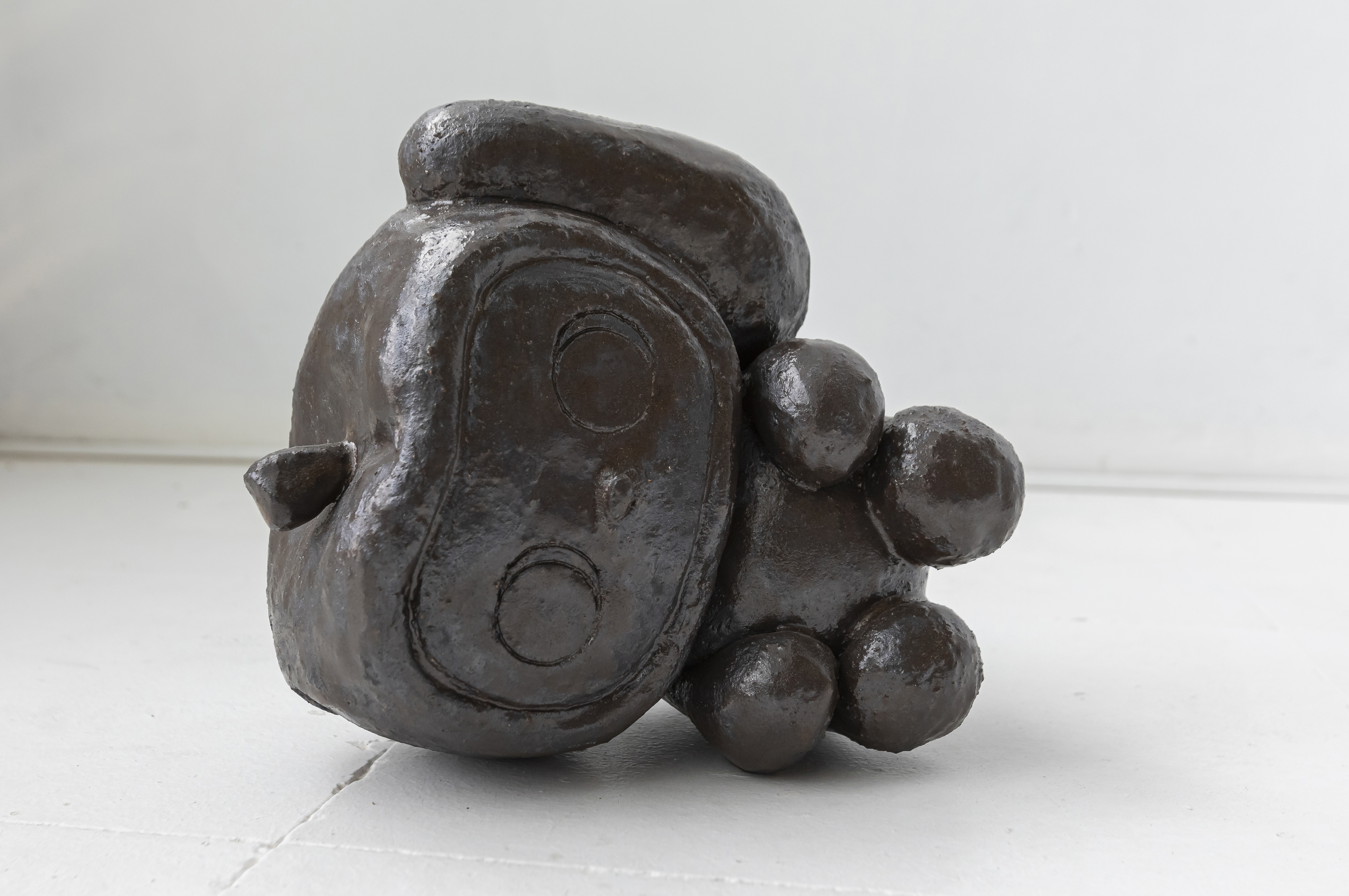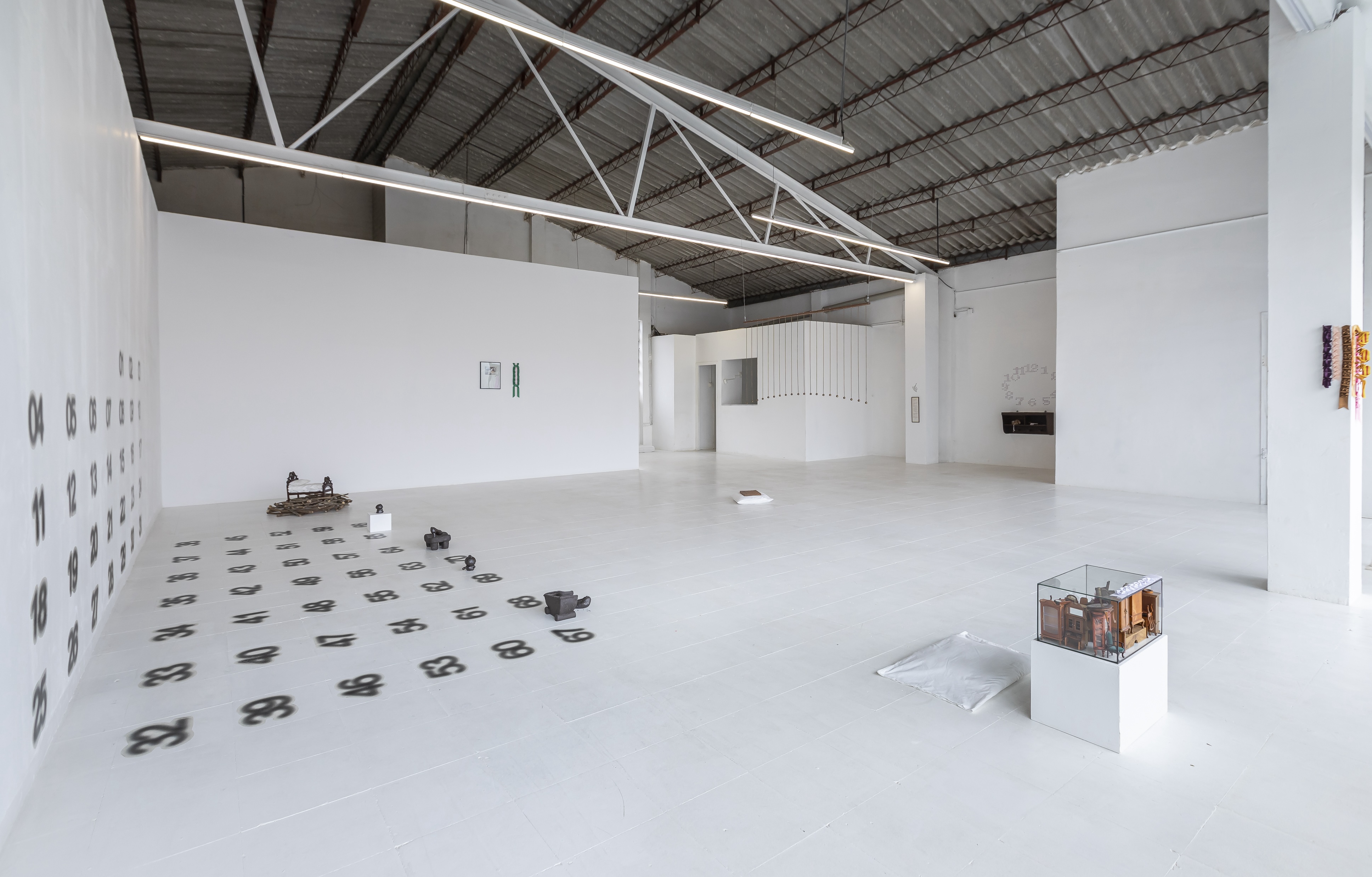SUMMER
2024
It is in the repetition of the action when habit appears. We could define the term as the synchronization of the body in relation to the surroundings, where gesture and space are coordinated in a daily choreography, marking certain rhythms of life. The domesticity of the home as a starting point for a position in the world, the house as an instrument of orientation towards the outside, the interior intrinsically connected to the exterior, the intimate to the public. These considerations serve as a guide to appreciate the work of Andrea Herrera del Valle, who finds in the formulation of everyday life, an approach to the relationship between object and time. The interest in antique furniture, crafts, and archaeological artifacts becomes here a form of material resistance to acceleration and immediacy.
To the critique of use and disuse in the domestic sphere, where the IKEAization of the home highlights a precarious, delocalized and generic life, the exhibition adds a critique of linear time. The calendars that the artist makes each year for her friends and that do not necessarily begin in January, serve as an introduction to circular thinking. Although in material management, circularity contributes to reducing the ecological impact and brings us closer to other ways of living, considering time as something that returns motivates a reflection on how to generate a different time beyond 24/7 capitalism. Against the divisions between the natural and the artificial, which allow us to see the world as a passive and available resource, Andrea introduces us to a sensitivity and attention to the environment from a poetic affectivity that is the enemy of frenetic overproduction.
To the critique of use and disuse in the domestic sphere, where the IKEAization of the home highlights a precarious, delocalized and generic life, the exhibition adds a critique of linear time. The calendars that the artist makes each year for her friends and that do not necessarily begin in January, serve as an introduction to circular thinking. Although in material management, circularity contributes to reducing the ecological impact and brings us closer to other ways of living, considering time as something that returns motivates a reflection on how to generate a different time beyond 24/7 capitalism. Against the divisions between the natural and the artificial, which allow us to see the world as a passive and available resource, Andrea introduces us to a sensitivity and attention to the environment from a poetic affectivity that is the enemy of frenetic overproduction.
In that estimation, the background, the context, the antecedents become relevant, how we got here deserves consideration, especially when it comes to an artist who has been a migrant during her childhood. The Mexican heritage appears in the references, in which there are also elements from pop culture, comics or the family attic, which in their sedimentation have formed an imaginary in which furniture and figures hold an enchantment, almost like amulets or magical assemblies of a deep world yet to be known.
Following Sarah Ahmed, we would say that bodies acquire orientations in relation to objects, thus configuring perceptions and dispositions. Although Ahmed analyzes how heterosexuality generates a culture of straightness in which queerness is always a deviation, this culture is perpetuated by the domestic and the family, and therefore any resistance to consumption patterns (equally normative), involves developing other forms of living and relationships, of habit. Altering the order of things, searching in objects for a way to undermine the imposition of a logic of possession and domination, opens a path to consider domesticity as a creative field, where we surround ourselves with that which helps us deviate from a model of life punctuated by a spasmodic rhythm. In this orientation, the queer, the oblique, is also the search for another relationship, another habit, that escapes the pattern, the marked path, in favor of an intense topography drawn from the home-nest.
Following Sarah Ahmed, we would say that bodies acquire orientations in relation to objects, thus configuring perceptions and dispositions. Although Ahmed analyzes how heterosexuality generates a culture of straightness in which queerness is always a deviation, this culture is perpetuated by the domestic and the family, and therefore any resistance to consumption patterns (equally normative), involves developing other forms of living and relationships, of habit. Altering the order of things, searching in objects for a way to undermine the imposition of a logic of possession and domination, opens a path to consider domesticity as a creative field, where we surround ourselves with that which helps us deviate from a model of life punctuated by a spasmodic rhythm. In this orientation, the queer, the oblique, is also the search for another relationship, another habit, that escapes the pattern, the marked path, in favor of an intense topography drawn from the home-nest.
*Text: Xavier Acarín Wieland.

